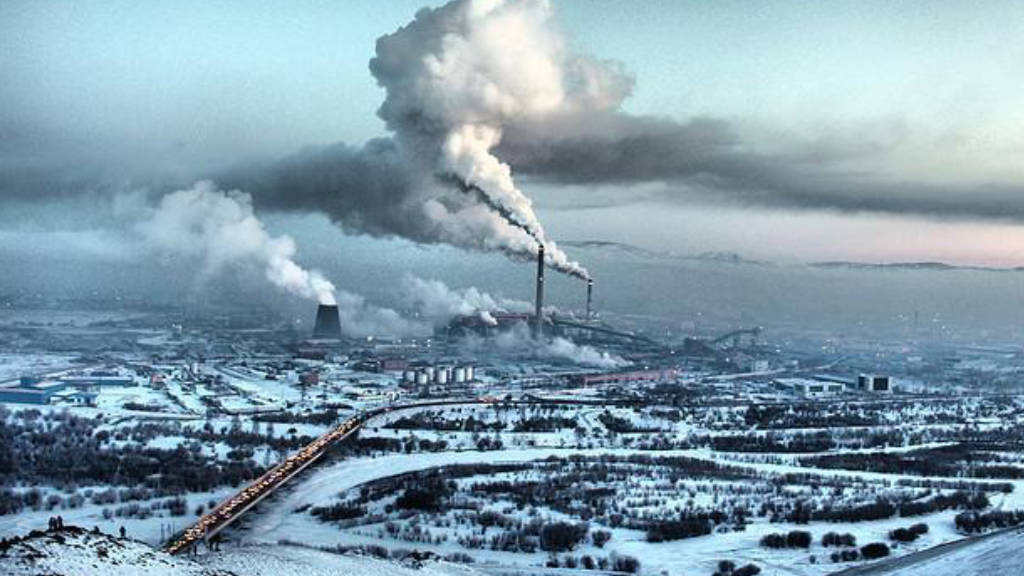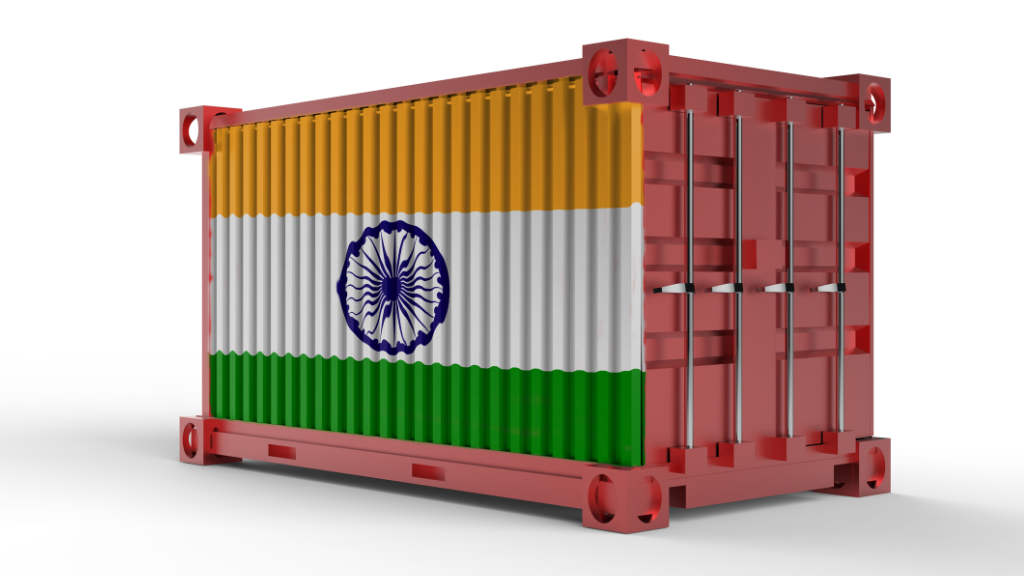Talks are also underway about building a small nuclear power plant and new Kharkhorum city
During Russian President’s Vladimir Putin’s visit to Mongolia, the two countries have agreed on a project to modernize the No. 3 Combined Heat and Power Plant in Ulaanbaatar. An intergovernmental agreement was signed on front end engineering design for Ulaanbaatar CHPP-3 modernization following talks between the presidents of the two countries.
The existing, coal powered power station is largely responsible for all of Ulaan Baatar’s energy needs, which includes winter heating where temperatures can drop to -45. The unit however is outdated and polluting, with smog seriously affecting the city during the winter months. Talks between Russia’s Inter RAO and the Mongolian government continue, with the parties still agreeing on prices. It is expected that a memorandum of understanding will be signed to start work on the project.
A Russian government order on the intergovernmental agreement was published on September 2. It said “the modernization of CHPP-3 involves expansion of the high-pressure section of Ulaanbaatar CHPP-3 with a 50 MW unit and the construction of 250 MW units [two units of 125 MW] at the 48 MW medium-pressure section.”
‘The Russian Direct Investment Fund together with its partners will take part in the implementation of a project to modernise the thermal power plant CHPP-3 in Ulaanbaatar, which accounts for more than a third of the generating capacity of the entire country. The modernisation project involves decommissioning outdated equipment and commissioning 350 MW of new capacity, which will improve the reliability of heat and electricity supply to the residents of the Mongolian capital and reduce the energy deficit,’ said RDIF CEO Kirill Dmitriev during Russian President Vladimir Putin’s official visit to Mongolia.
“The project will be implemented by decommissioning obsolete equipment and gradually commissioning 350 MW of new capacity (the first stage is 2×50 MW and the second stage is 2×125 MW) with funds from the Russian state export credit.”
Russian specialists have already taken part in similar projects in the country. The modernization of Ulaanbaatar CHPP-4 was carried out by the Renova Group’s Rotec and the Ural Turbine Works.
Potential for a Nuclear Power Upgrade
Mongolia actually needs a small modular nuclear power plant with a capacity of 220-330 MW, said Alexei Likhachev, CEO of the Russian nuclear energy corporation Rosatom. ‘A roadmap for the creation of a small modular nuclear power plant in Mongolia was signed at Atomexpo in Sochi in spring. This is the capacity – from 220 to 330 MW – that the Mongolian side needs in the new capital, which is called New Kharkhorum. We have practically approved the technical design of the project,’ he said. According to Likhachev, the key issue is the operating staff. ‘Our Mongolian friends are now considering the possibility that a Russian organisation could be the operator at the first stage.’
Likhachev said a key issue was operating personnel. “Our Mongolian friends are now considering the possibility that the operator at the first stage might be a Russian organization.”
It was reported in December last year that Rusatom Energy Projects, a Rosatom state nuclear energy corporation entity, and Mongolia’s Mon-Atom were considering building a low-capacity nuclear power plant in Mongolia. Rosatom and Mongolia’s Nuclear Energy Commission had previously signed a memorandum of cooperation on the construction of a Nuclear Science and Technology Center.
In addition, Mongolia’s Dayan Deerkh Energy had shown an interest in working with Rosatom on nuclear, wind and hydropower projects.
Mongolia’s New Kharkhorum City Concept is a competition involving international architects and urban planning designers to create a new capital city for the country. It is headed by a distinguished panel and includes leading urban planners and architects from the USA, South Korea, Poland, and Germany. The current capital, Ulaan Baatar, is no longer suitable for purpose, being overcrowded and with land unable to support urban developments such as an underground rail network and similar public transport schemes. While Ulaan Baatar may yet keep its capital city status, some facilities may be relocated to the new city, which is sited about 300km southwest of Ulaan Baatar. The winning design entrant is due to be selected in 2025 with completion of the new city expected by 2030.
Further Reading





